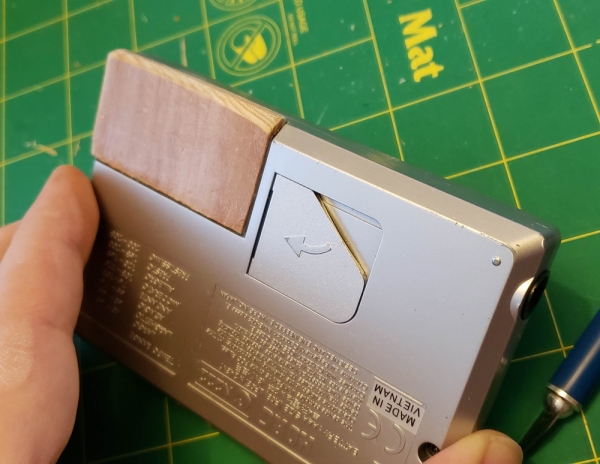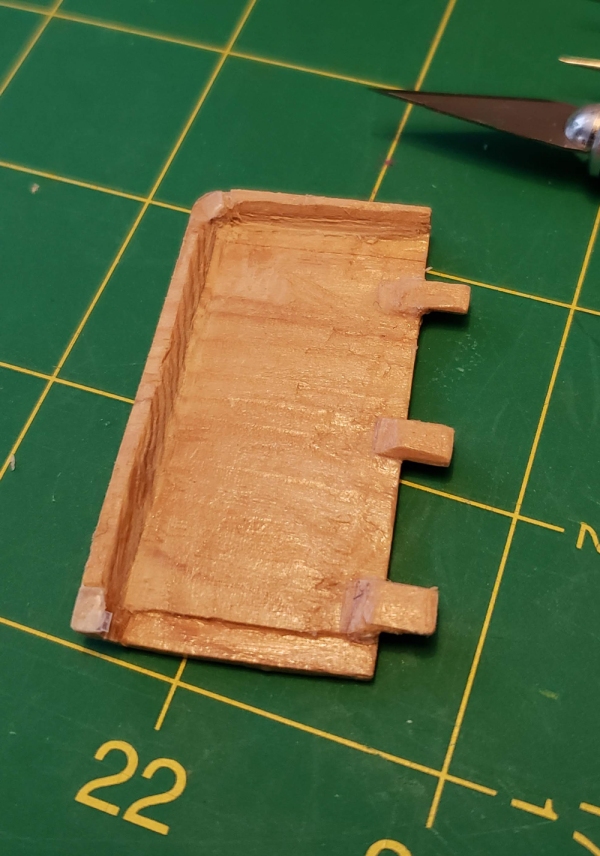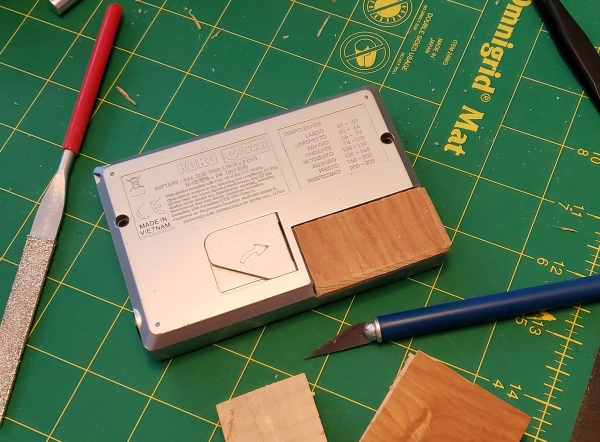197: Kitchen Measurements Converter
Like I mentioned last week, I live in the US, so we use an outdated system of measurement for a lot of things. This necessitates charts, and many of those charts are terrible. Here is another effort to make a less-terrible chart for something.
Some standard disclaimers follow…
This chart is fairly accurate depending on your definitions of these things.
The icons just refer to the colloquial name of those objects, because (of course) a UK “pint” glass is about 20% larger than the US version, and a tea”cup” is usually about 1/2 to 2/3 the size of a standard US measuring cup.
Not to mention the difference between a “US legal cup” and a “US liquid cup.” Which is that a US legal cup—for use on nutritional information labels and such—was rounded to a nice milliliter equivalent: 240 ml. And that is both different than the legal cup you’ll find elsewhere—like Canada and Australia (250 ml)— and the traditional US liquid cup, which is, like the chart shows, just half a US liquid pint (or about 236.59 ml). Ughhh. There’s so much more. Do you know about dry gallons? This is a mess, guys.
Anyway! There’s the chart.
If, like me, you print and mount this to a wall in your kitchen and find that the little information on the right side is too far away, and would work better if it was on the left side… Here you go:
Read more…196: Decimal equivalents of fractional inches
Because I live in the the USA, I typically use the imperial system of measurement (inches, feet, miles, etc.), and as a result, smaller measurements are conducted in fractions of an inch. Fractions are, let’s say, an acquired taste. After years of exposure, I feel pretty comfortable with them. Sometimes I even like them.
But, I often need to reference a conversion chart when I’m making something. I have a JPG file right on my computer desktop. But the layout isn’t quite effortless enough to decipher. There are thousands of these charts available online, but somehow, I can never seem to find one with all the features I want.
- Shaded alternate lines for legibility.
- Offset fraction indents, denoting subdivisions.
- Larger font/darker color for more common fractions.
- Using color at all, or at least shading.
- Maximum of 2 columns. (Some of these things are arranged in a 3-column layout. That’s madness. Inches and thirds don’t get along )
- Legible. (Not a copy of a copy of a copy.)
- Millimeter equivalents included.
- No leading zero on the decimals. (It may seem like a trivial thing, but the amount of times I’ve taken a quick glance and mistaken 0.125 for .0125 makes it worth the trouble. It’s a decimal chart. I know they’re decimals. Get rid of that zero.)
- Accuracy. (The chart I frequently use has a typo, and several of these charts don’t bother with rounding up the third decimal point. 21/32″ = 16.66875 mm. 16.668 mm? I don’t think so!)
So, I made my own. I decided to go with the classic ledger sheet colors. Green makes it seem more official and tool-like. It’s a very useful reference tool, and it can even help you conquer any issues you have with fractions. The indents correspond to tick marks on the ruler, so you can kind of fake it while measuring, and think, “The line in-between 3/4ths and 7/8ths,” then check the chart, and go, “Oh, 13/16ths!”
13/16ths… Yeah. I’m not going to argue. Metric is a much better option.
But, that’s a topic for another day!
Click the pic for a printable PDF. Print it out and hang it up on the wall. It’s great.
195: Another pinwheel of things
I had so much fun making the last one, I made another.
Posted here for easier studying again, as Instagram kills the resolution.
194: Pinwheel of things
Posted here for easier studying, as Instagram kills the resolution.
193: Mask Instructions
After watching a few videos and trying out about 4 designs, I settled on these modified instructions.
There is no elastic in this design, primarily because I didn’t have any at the time. I thought that tying the cord would be an annoying step, but I found that, once I sized the cord to my head, I didn’t have to untie it. I could quickly take it off and on by sliding the loop over my head.
For the wire, I actually used a piece of 12-gauge Romex electrical wire, which is probably overkill, and I know not everybody has some laying around, so I didn’t include that in the illustration. But I’d definitely recommend going for a more rigid wire than a twist tie (hence my recommending two). It takes some finesse to bend it right, but once you dial it in, the fit is very secure. Your cheekbones take the load, and you don’t get a squished-flat nose.
Oh yeah. I suppose I should mention, the instructions assume you have a sewing machine, and thread.
192: Crosswords
Welp. We’re all inside for a bit, so how about some activities to keep your minds active?
I’ve been making some crosswords recently, and I guess now is the perfect time to share them.
- You can download them as a PDF, to print and solve.
- Or download the .PUZ file to use in your favorite desktop puzzle program (I like Across Lite).
- Or solve online! I uploaded a few to CrosswordHobbyist.com so you can solve online. (There are some limitations to the site, so they’re not all available there.)
OK. So before I let you at them, I should mention: I’m still a bit of a crossword novice, so while these are playable, and I’m reasonably certain they’re free of errors, they might be a little rough.
Between Us

PDF — .PUZ — Online — Solution
Blow the House Down

PDF — .PUZ — Online — Solution
Dig Deep

PDF — .PUZ — Online — Solution
Lands of the Lost

PDF — .PUZ — Online — Solution
Mid-Forties

PDF — .PUZ — Online — Solution
Money Management

PDF — .PUZ — Online — Solution
Really Coming Down

Save Room

PDF — .PUZ — Online — Solution
Thanksgiving

PDF — .PUZ — Online — Solution
Whiplash!

PDF — .PUZ — Online — Solution
If you do try them, let me know how you did, and certainly leave a comment below if you spot any errors, or anything like that. Just easy on the spoilers, OK?
191: Battery Cover
Hey folks.
I bought this nice tuner/metronome at a thrift store for… $3 maybe? I forget exactly. It was cheap, though. It works perfectly, but it’s missing a battery cover.
Well, it was missing a battery cover. I replaced it, and now with this sleek wood-grain accessory, my little tuner is the envy of all his friends.
I wasn’t sure this was going to work at all, so I didn’t take any progress shots, but here are a few closeups of the final product.
Isn’t it too thin? Won’t it break?
Yes. Probably.
The shininess you see is a coating of polyurethane and superglue, in an attempt at strengthening it. Seems to be working OK. I also made sure the wood-grain ran in the same direction as the tabs, which would have been a great idea, if the tabs didn’t have to be cut so deep.
At the finished depth, the tabs are completely offset from the plane of the main body. So yes, two broke off and I glued them back on. They’re holding this time. I only really need one, anyway.
I obviously couldn’t make it as thin as the plastic would have been, but I got pretty close. The wood sticks out around the edges a bit, and in a couple places, where I needed thin tabs, I resorted to gluing on bits of plastic from some snack packaging.
It holds the batteries in, though.
Sure. The tape I was using before worked, too. But, this is… cooler? And, it gave me an opportunity to do some intricate chisel work — that became x-acto work as it progressed.
It seems like the new piece is strong enough, and the main thing this tuner does is sit still, so it’s probably fine. But, if it breaks I’ll just go back to using some tape.
BYEE!
190: “Hey Jude” Flowchart
My dad sent me an email forward.
Which you’ve seen—I’m sure. I know I have. But that’s what forwards are for, right?
However, there are a whole bunch of errors in that picture, and it reminded me of how frustrated I got the first time I saw it.
So, I started to edit it.
One thing that is particularly glaring to me, is there’s no path to repeat the phrase, “Na na … na na, Hey Jude,” which is pretty much most of the song. You can repeat “Na”, but then to get to “Hey Jude,” you have to go back to the start of the song, and start again. That’s not how the song works.
The timing of this email forward was good for me, as well. I’ve been recently learning about circuitry and logic gates, so I’ve got flowcharts on the mind.
So in the spirit of ruining the joke, I wasted a few hours on this:

I thought about only having one box for “Hey Jude” and one box for “Na,” and just using some interesting logic gates to get in and out of those sections, but I ultimately decided against it for readability. You could, in theory use each word only once, and loop back to them when you need them, but that would get messy. As a compromise I unnecessarily reused “your shoulder.”
I know you’ll be sure to point out any errors. That’s what comment sections are for.
(I didn’t initially make this to post here. I was just completely unable to stop myself, but then I remembered I had this blog. So, here you go, folks.)
188: Boombox Pillow
This project happened a while ago, but I had some file storage problems and lost pretty much all of the process photos. So, I delayed posting for a while. I’ve finally come to terms with the fact that they’re gone forever, so this post is cobbled together from what I do have (…which are mostly finished product shots).
A friend of mine, Michelle Dirkse, is a designer. She asked me to make a plush sculpture for her, and she would provide the fabric. I said, “Of course!”

When I learned that she wanted a big fuchsia boombox, I was even more excited. But, I, unlike many people, had never created a pillow shaped like an ’80s magenta music machine, so I honestly wasn’t quite sure where to begin. (That never really stops me from saying yes to a project, though.)
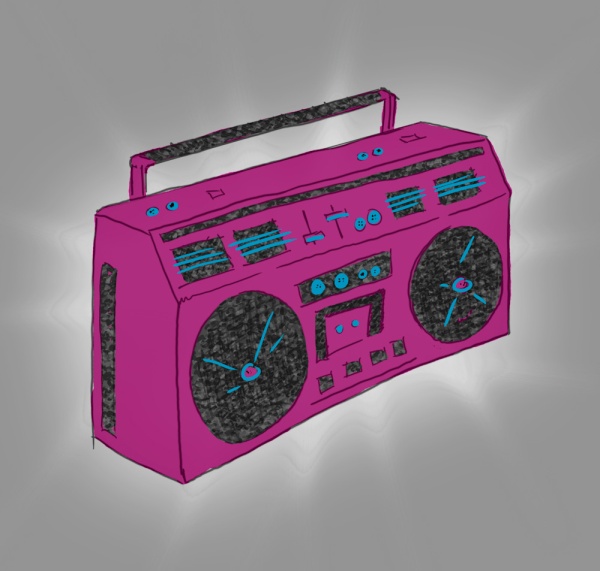
I sent her a picture of an idea, and she sent some suggestions back. Then I got to work.
The fabric showed up, and it was really, really nice. I just wanted to wrap myself up in it and go to sleep, but I resisted the urge. I tend to work with whatever is at hand. So, this fabric was a refreshing change from the usual bed sheets, cheap fleece, and thrift store sweaters.

I really like the colors we decided on. It’s all done in a single color of fuchsia fabric with a matching, shade-lighter thread and a few accents in black thread. It looks sharp! The texture on those speakers took forever, just sewing (roughly) parallel lines, back and forth. A standard cassette tape will stay snugly lodged in the tape area–which is probably the best use for your high school mixtape.
There were a lot of windows to cut out of the main form, to reveal a layer underneath. I found the best way to get a nice edge on a cut-out window is to use this method:

…Then it’s ironed and gets a top-stitch all the way around to crisp everything up, and attach the layer below. My top-stitching isn’t perfect, and that’s fine for a project where you’re emphasizing the hand-made aspect of it.

Also, the padding is mostly latex foam, which is notoriously difficult to cut without a fancy hot-wire setup. I looked around for other cutting options and saw someone suggesting an electric turkey knife. So, I hit the clearance section of the local grocery store and found one for about $9. It was amazing! The electric turkey knife was so effortlessly fun to cut with, I went out and bought more latex foam for some other project in the future. I don’t even know what I’ll do with it, yet, but I can’t wait to cut more foam.

Oh right, I nearly forgot. I clearly didn’t take those awesome pictures myself (except the drawings). Michelle knows real professionals, so the cool, clean product shots are by Nathaniel Willson Photography, and the beautiful portraits of Michelle and the boombox are by Zoe Rain Photography. And if you want to go check out my high-end sculpture in a nice gallery setting, stop by Michelle Dirkse Interior Design in Capitol Hill, Seattle, or–you know–click here.
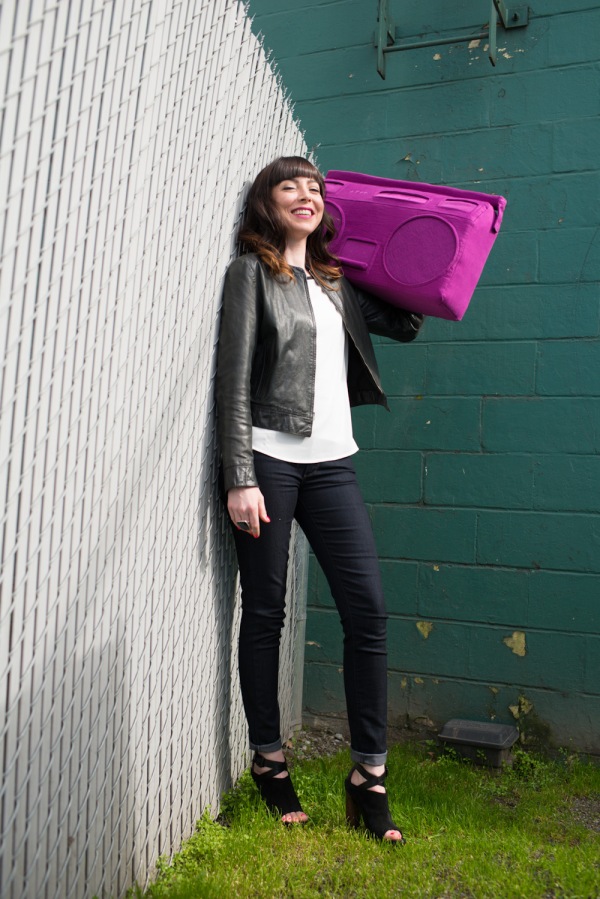
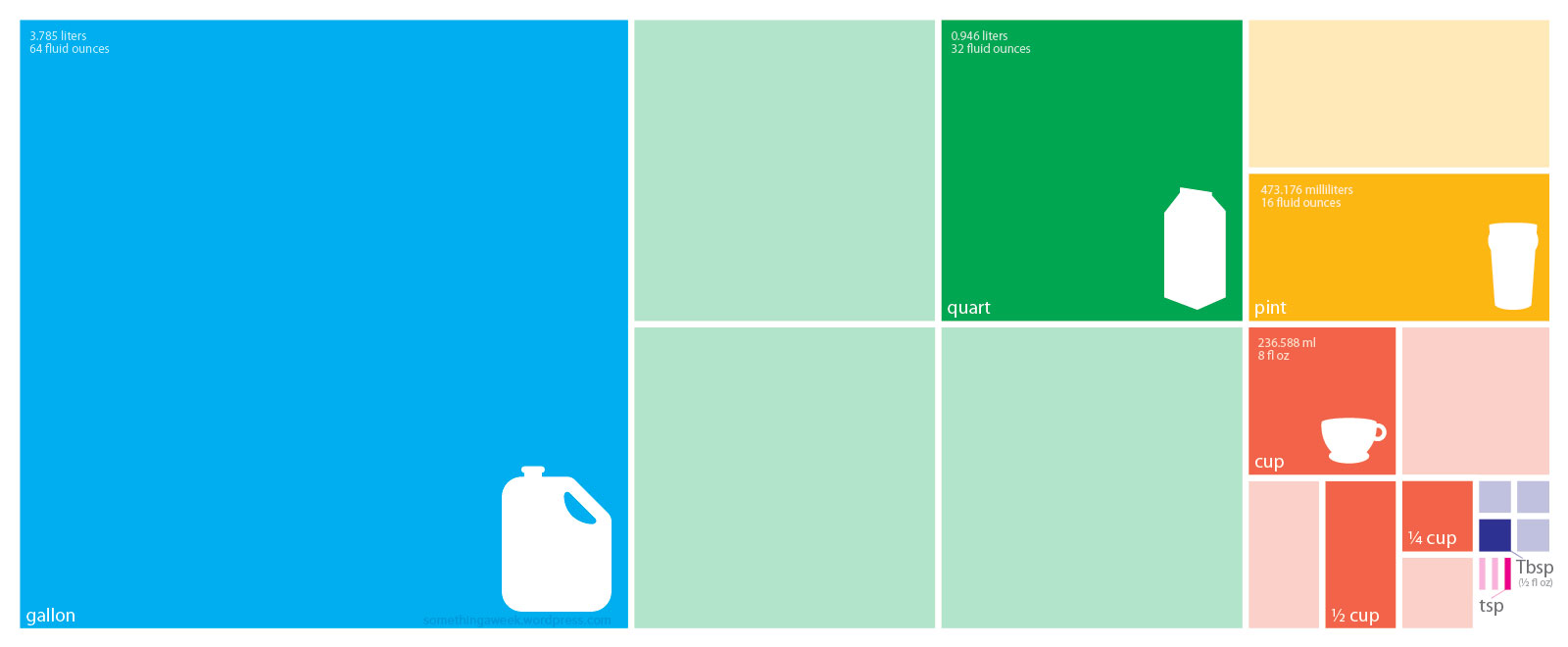
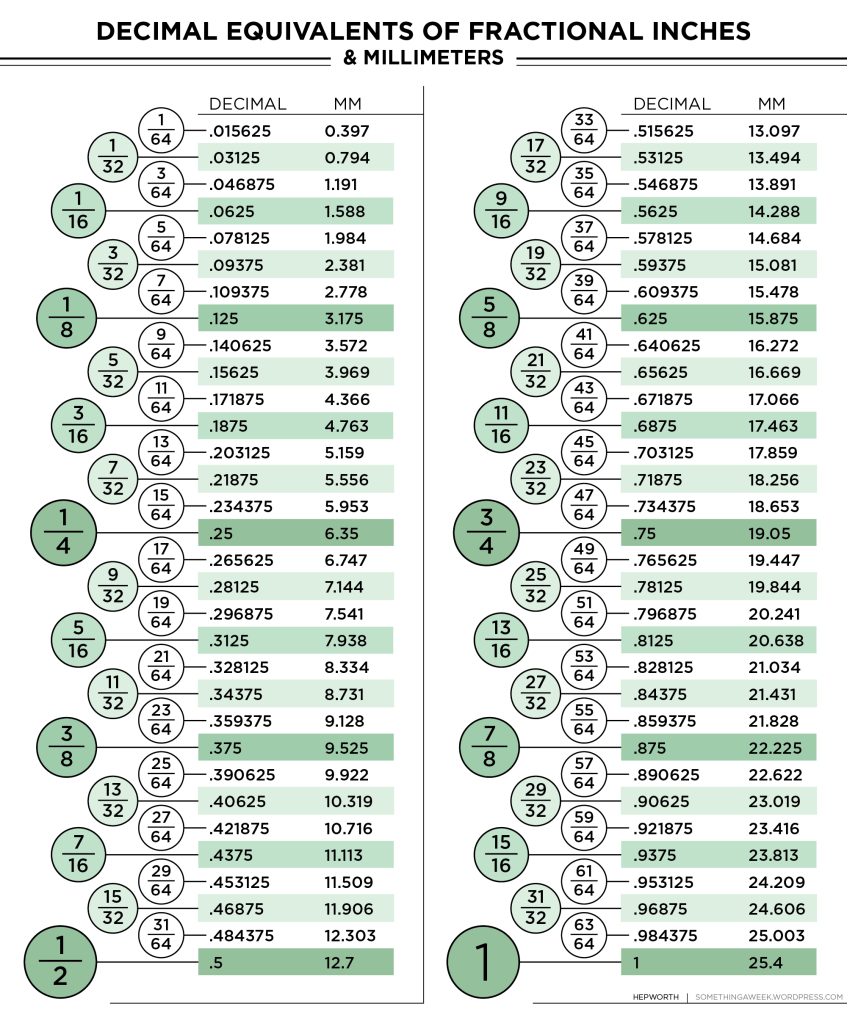

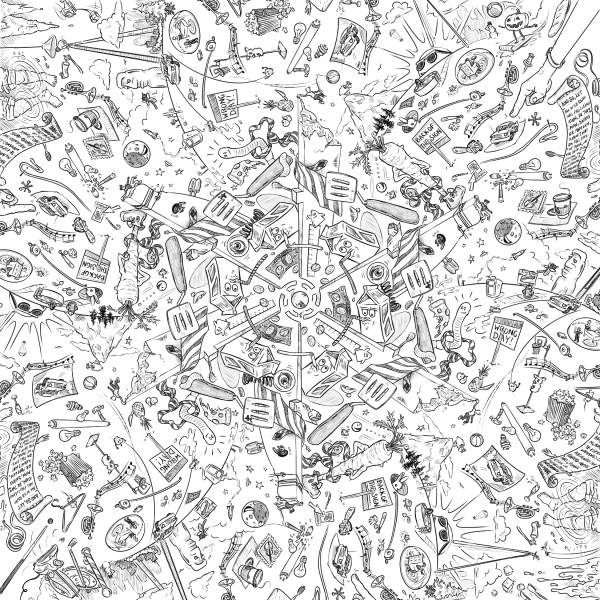


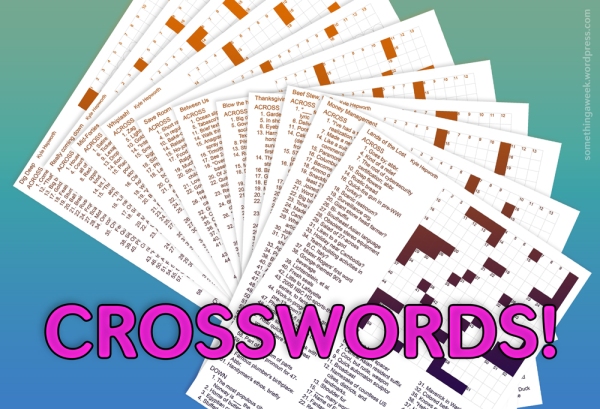

![[Shriek] GET OUT!!](https://somethingaweek.files.wordpress.com/2020/02/covermissing.jpg?w=550)
